WAR IN THE ART FIELD. WAYS TO AWAKEN
Yelena Aydinyan
art historian & art critic
art historian & art critic
Artefact, by definition, is a consequence. It is the consequence of many layers of human activity which accumulate throughout the whole process and beyond of the creation of an object to its obtaining the status of an artefact. A thing is created, lives its own life, then it becomes important as the bearer of this past life and continues its life as historical value.
In case of the project “Consequence: Artefact”, the work of art is created based on the consequence of another process. This is where the consequence becomes the artifact.
In case of the project “Consequence: Artefact”, the work of art is created based on the consequence of another process. This is where the consequence becomes the artifact.
Areg Balayan’s photo series tell about people on whose lives the consequences of war are mostly obvious: artificial eye, artificial leg, deformed body, distorted features, blindness.
In some cases, the consequences of war are not so obvious. And here author’s texts come to help.
In some cases, the consequences of war are not so obvious. And here author’s texts come to help.

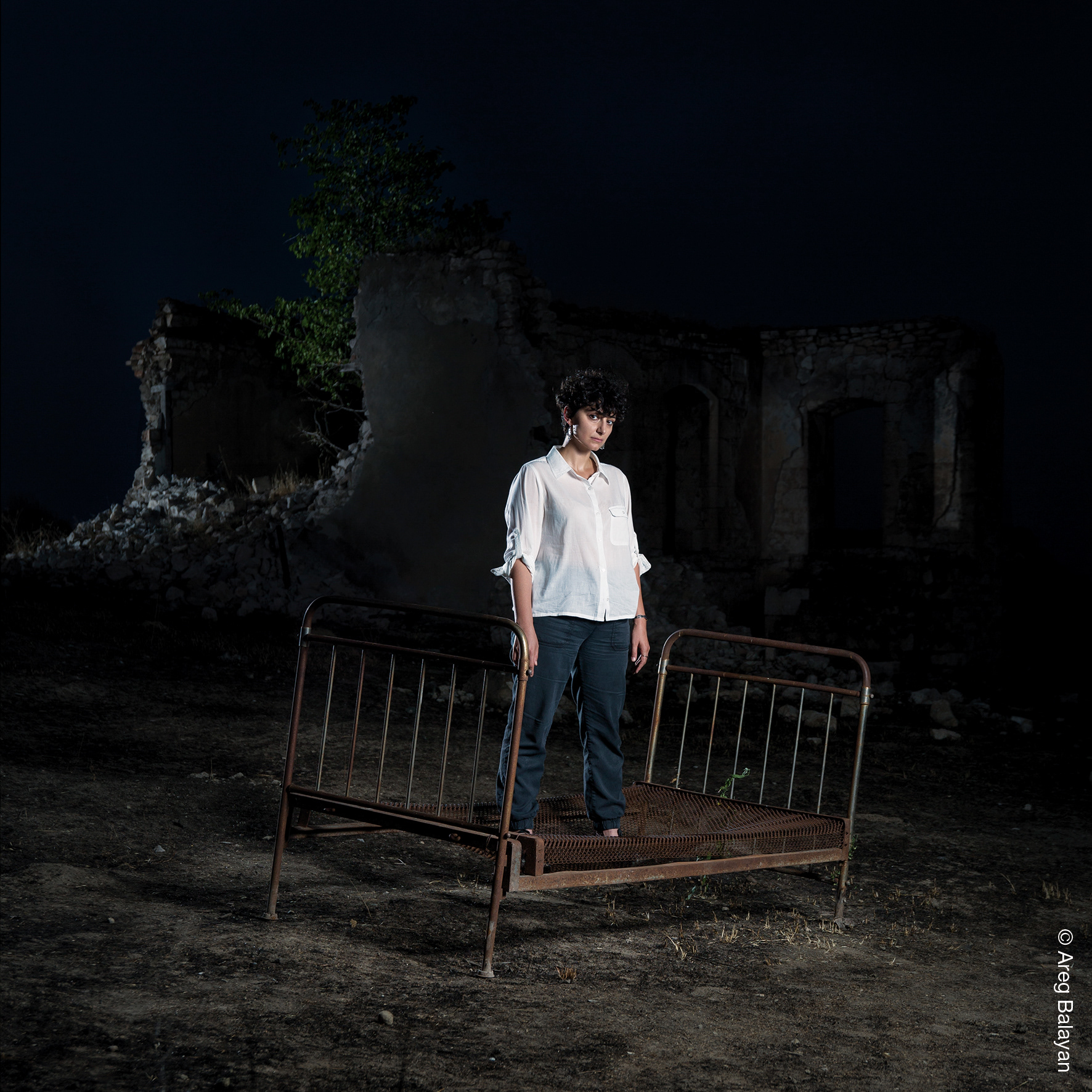
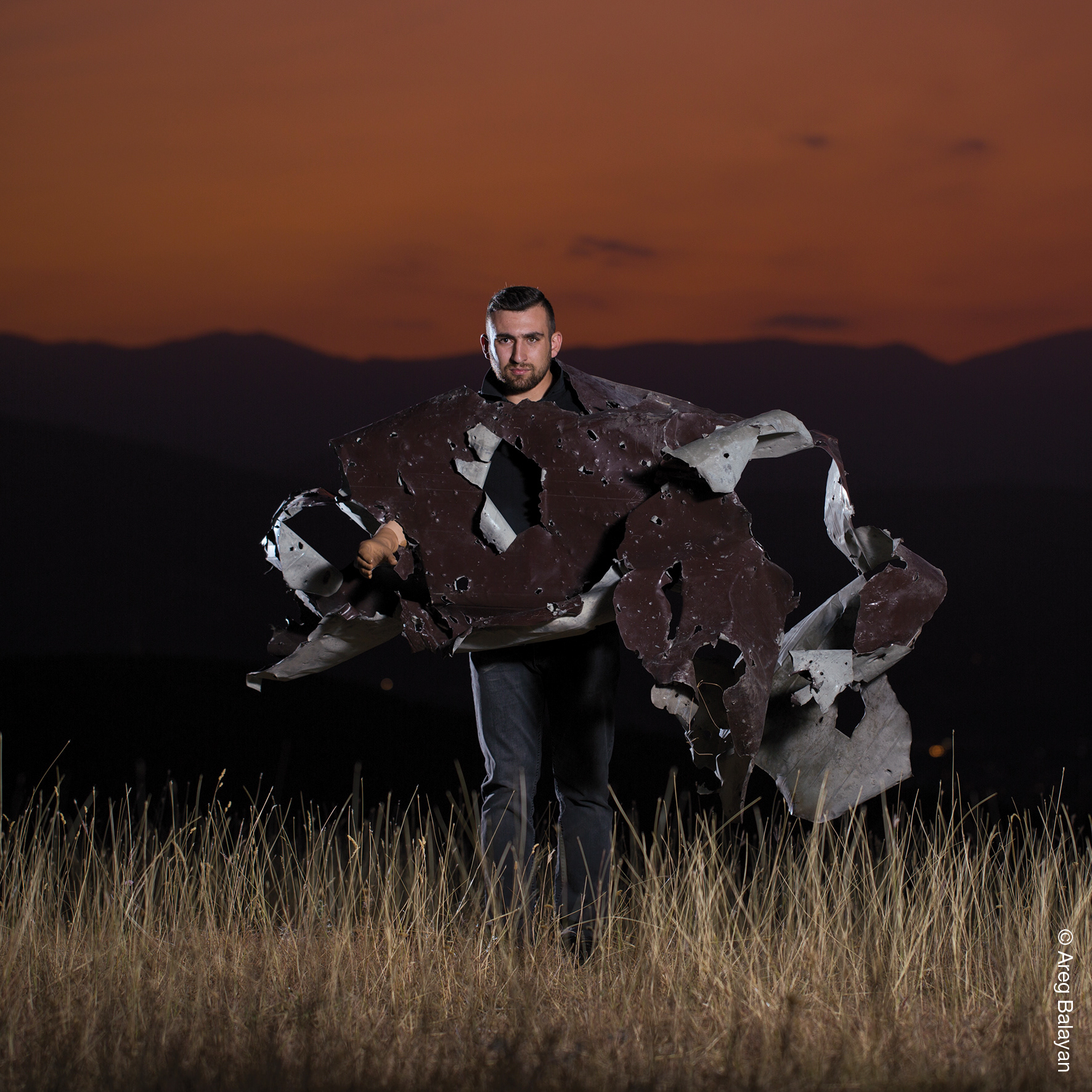
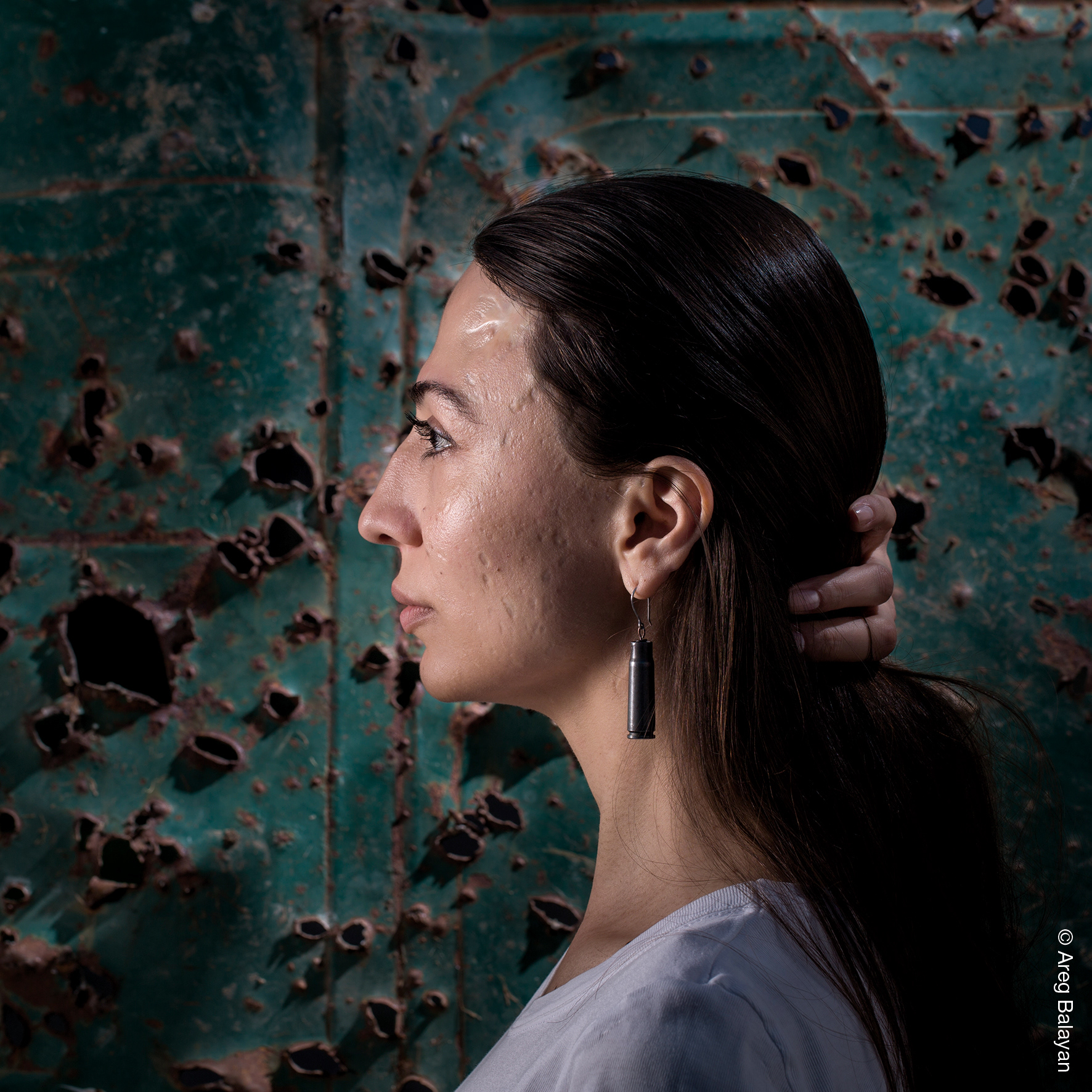

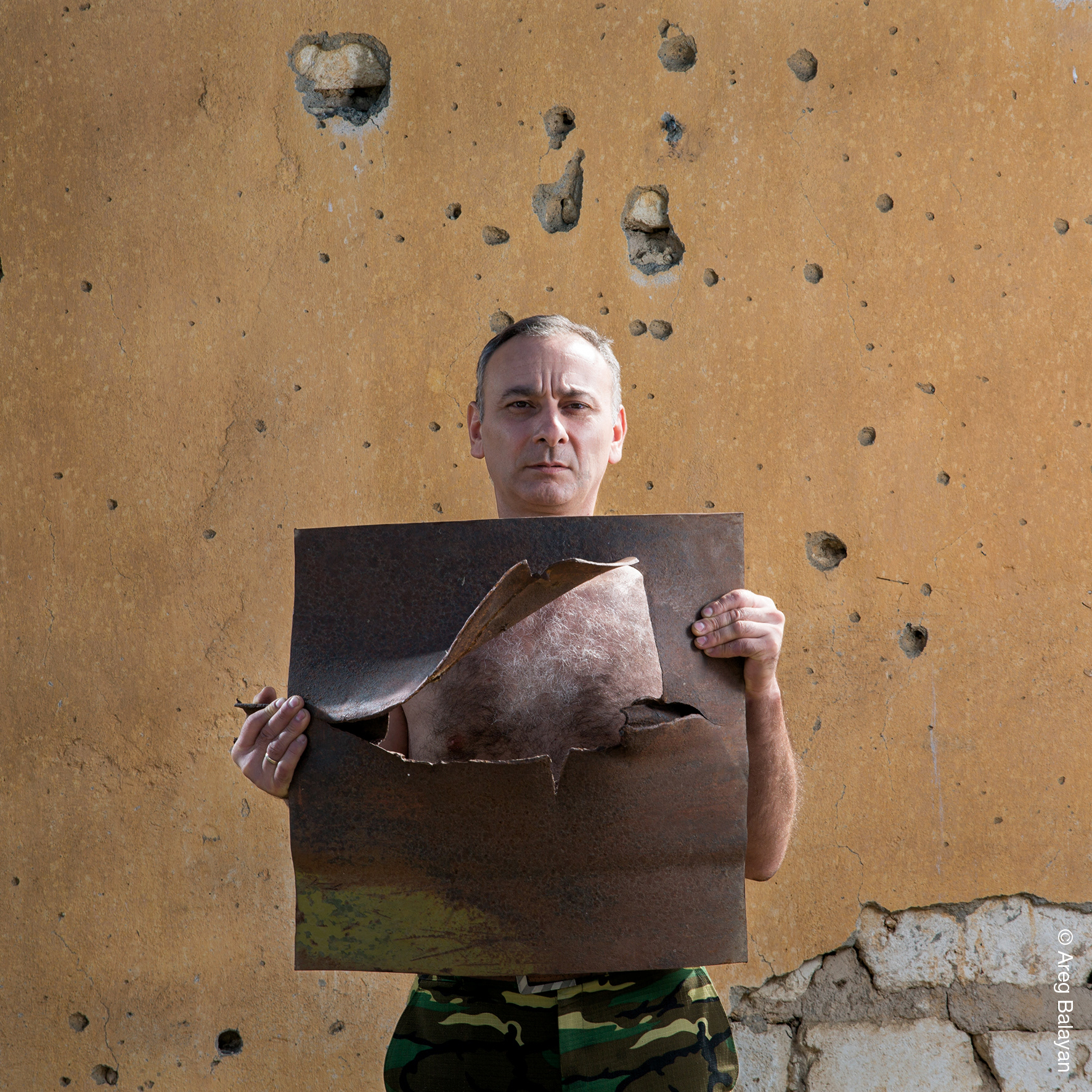
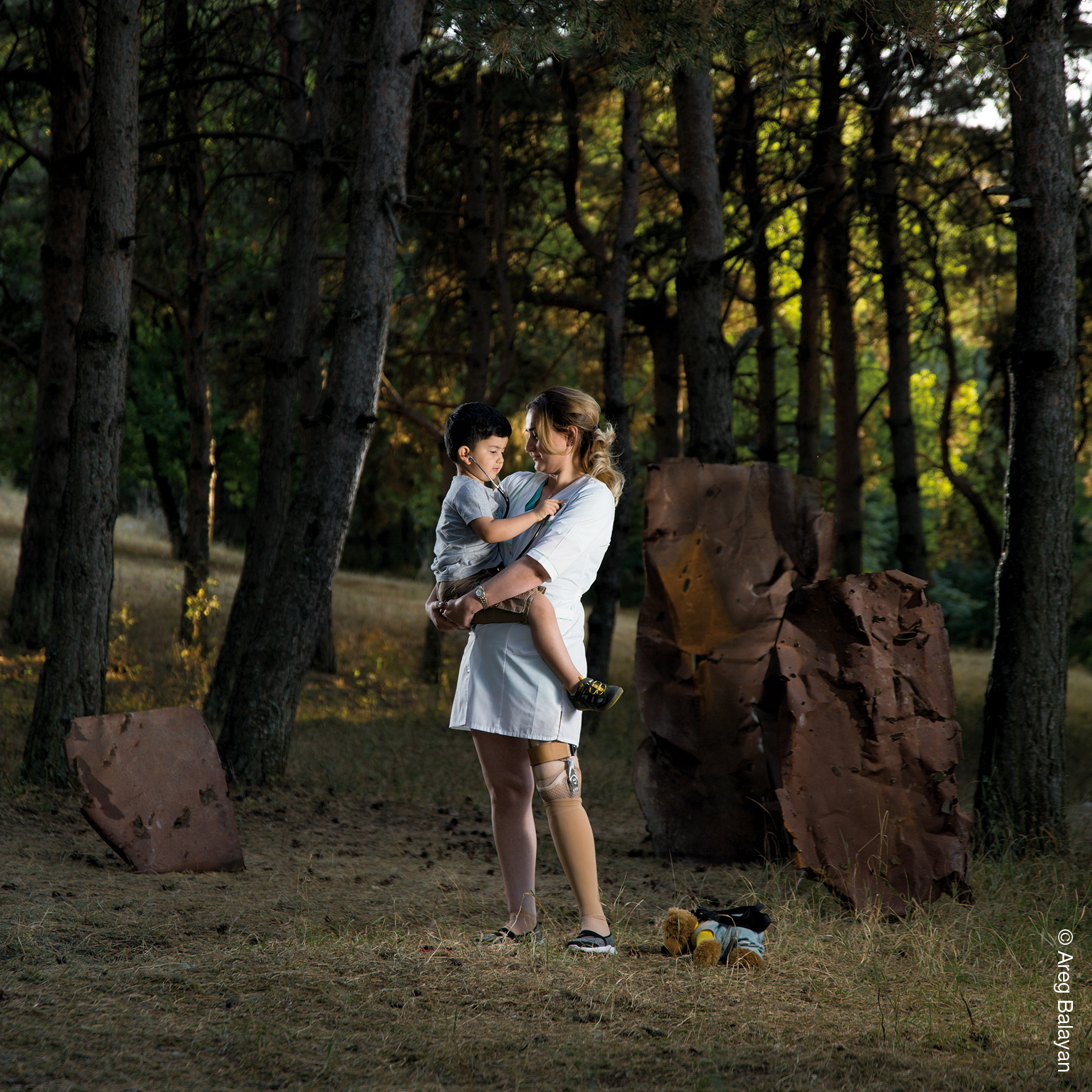
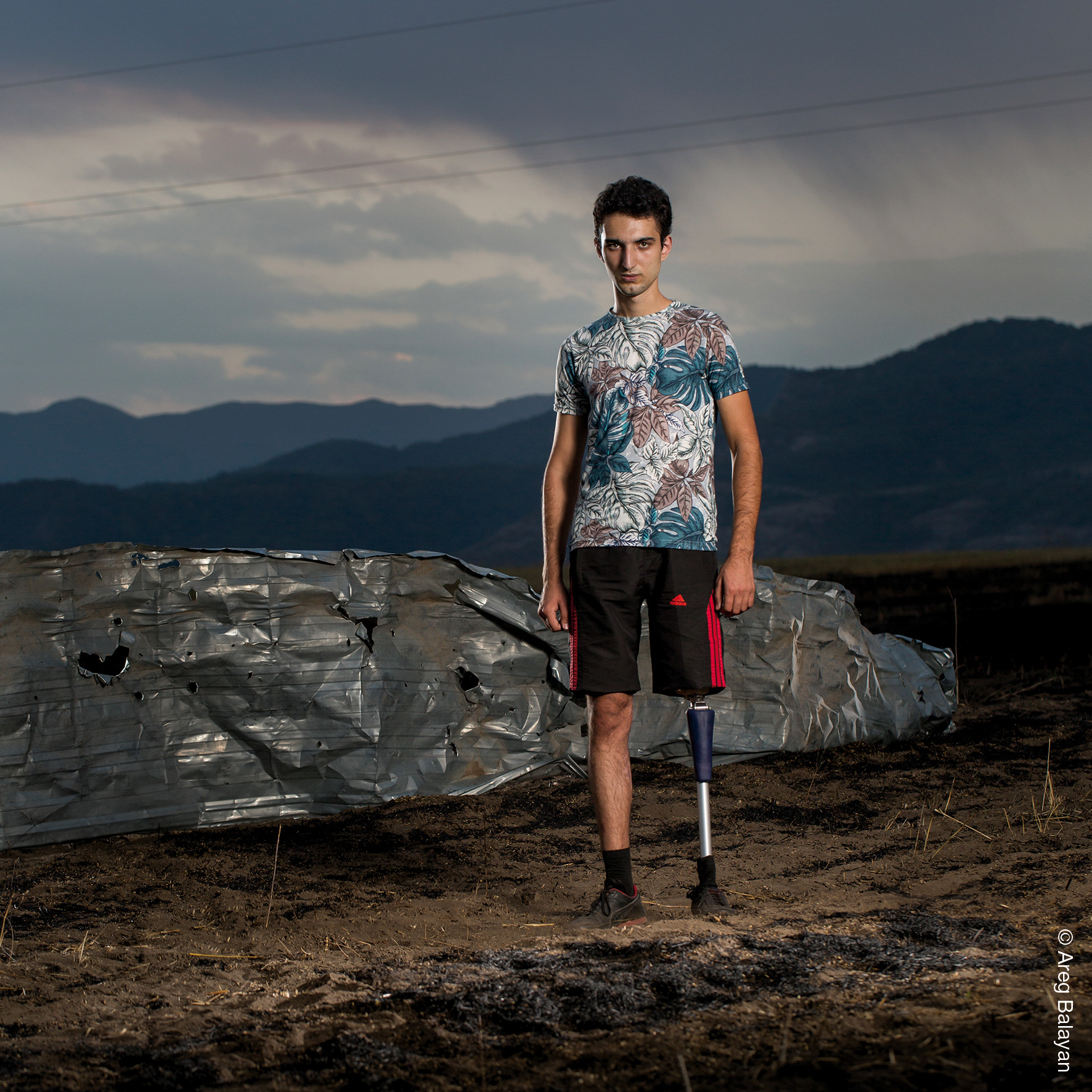
Edik Boghosian’s objects, in their turn, consist of remnants of the objects of the war, i.e., the consequences of war, which have undergone aesthetic revision. The object, losing both its function and its original appearance, enters the art space to present itself as a consequence of war.
At the same time, it legitimizes its being in the art space with its status as a work of art. The latter becomes possible due to the author’s intention and the actions that follow. The author selects the pieces, arranges and compares them, modifies their shape. Artist’s main task, in this case, is to put the elements of the object in a relationship with each other. This allows the objects to be living units continuing their lives in an alternate way, and not be dead remnants of extinct life.
At the same time, it legitimizes its being in the art space with its status as a work of art. The latter becomes possible due to the author’s intention and the actions that follow. The author selects the pieces, arranges and compares them, modifies their shape. Artist’s main task, in this case, is to put the elements of the object in a relationship with each other. This allows the objects to be living units continuing their lives in an alternate way, and not be dead remnants of extinct life.
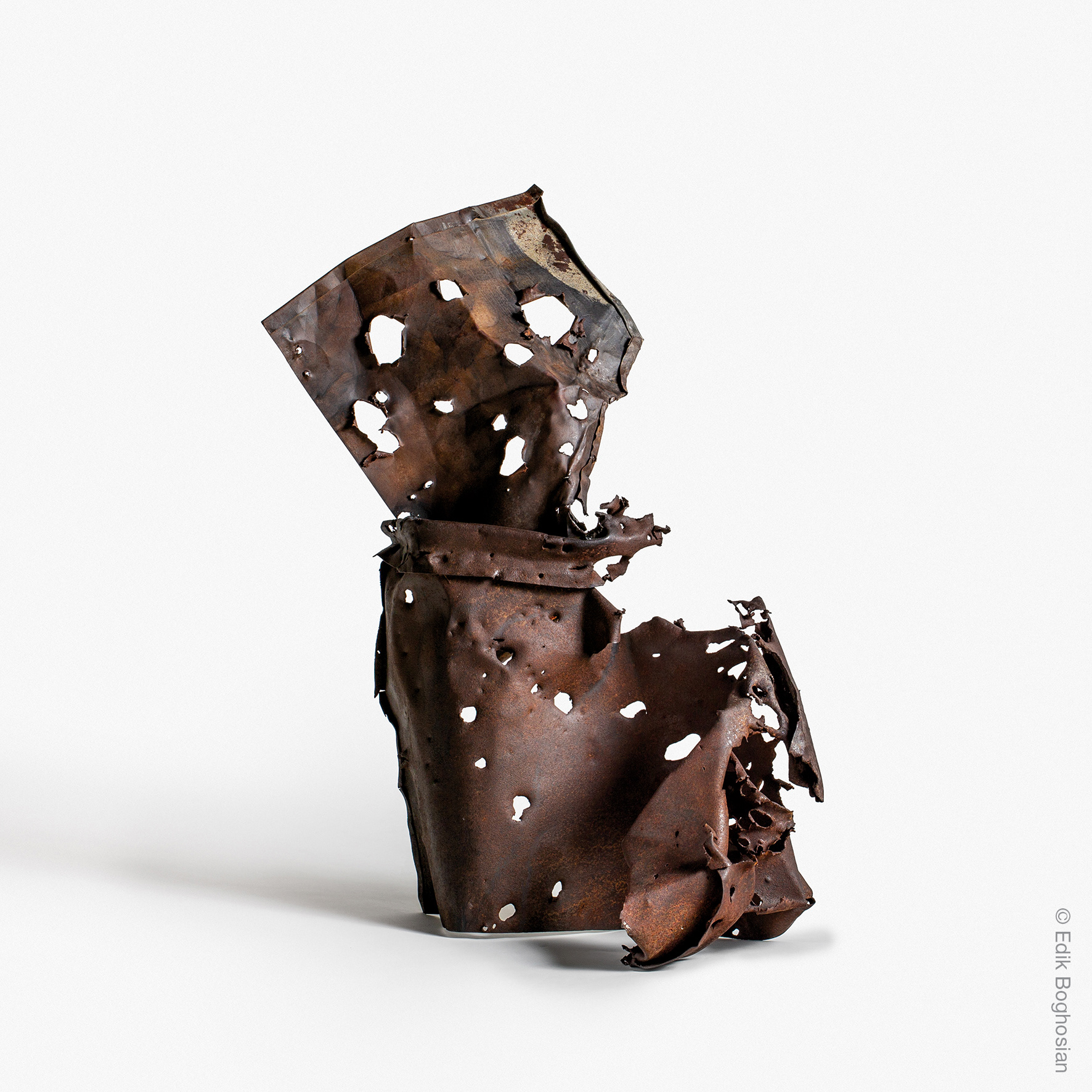

The same tendency can be seen in Areg Balayan’s photo series. The heroes of the series are important not only for their past, but for how that past acts now, what their destiny is like after the disaster, how their lives go on, and not just how they were destroyed.
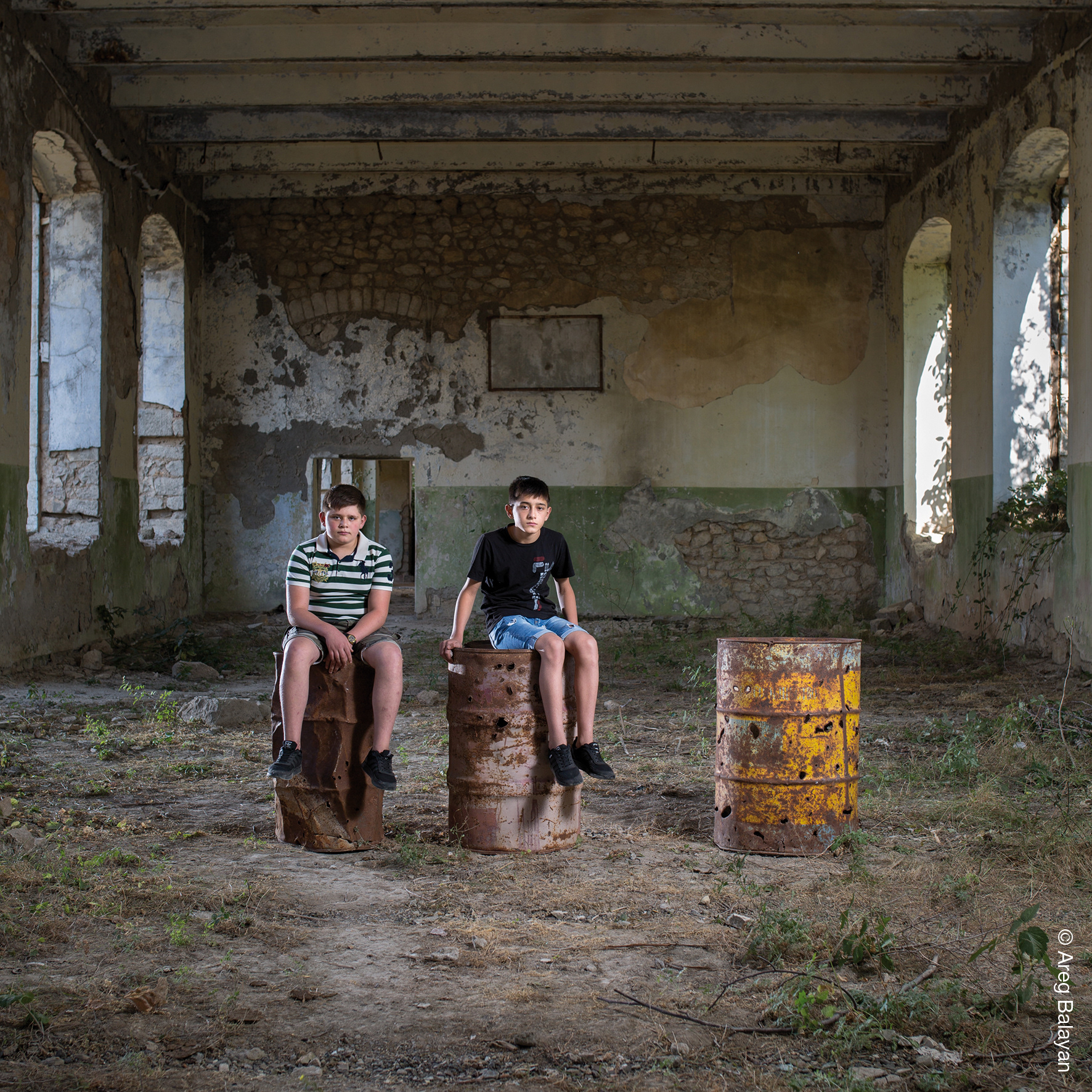
The Three Brothers

Turning tragic events into works of art, talking about them in the works of art, keeping them alive through works of art, and in general, the relationship between disaster and art are problematic. If such a work of art is influential, it implies that the perceiver is overwhelmed by the tragedy the work of art embodies. The more successful the embodiment is, the deeper is the impact. The latter, while hurting and shocking the perceiver, at the same time gives them pleasure: the tragedy survived through art gives them illusion of being purified, as if they have placed something within their chest that is bigger than that. This feeling comes from a sympathy for the disaster survivor. However, the enjoyment of the work of art as a succeeded cultural phenomenon and pain of empathy seem to equalize, begin to complement each other and eventually intertwine. This moral conflict arising in the viewer passes through the entire project. It is particularly acute in the case of Areg Balayan’s photo titled “The Three Brothers”. There are two young boys sitting on three barrels. The third barrel is empty. It is clear that the third, empty seat belongs to the third brother, who has become an innocent victim of hostilities. The tragic reality and the successful idea of the work unite and target one point where admiration and regret are inseparable. Unwillingly you start thinking if this feeling of admiration is not a sin towards the memory of that child.
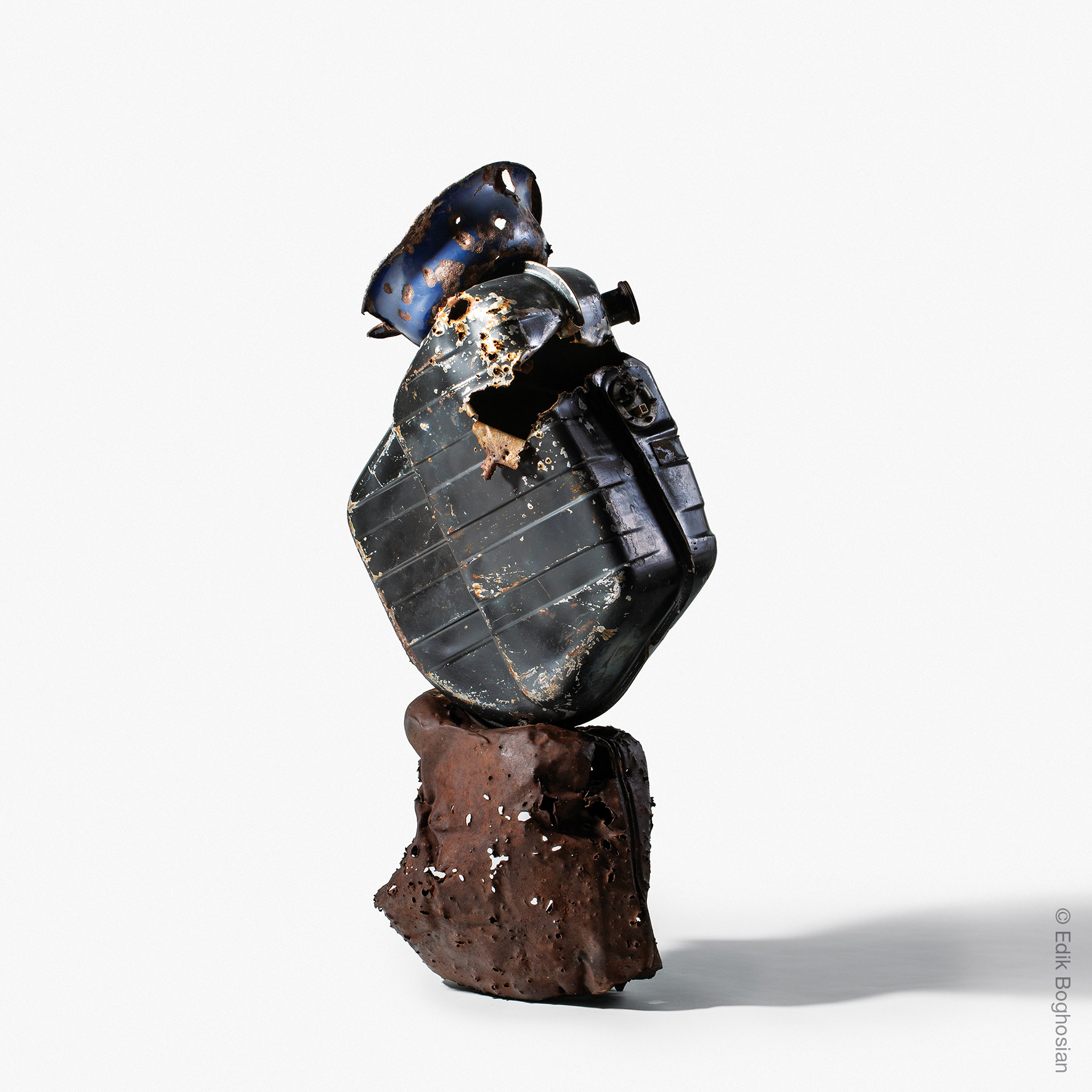
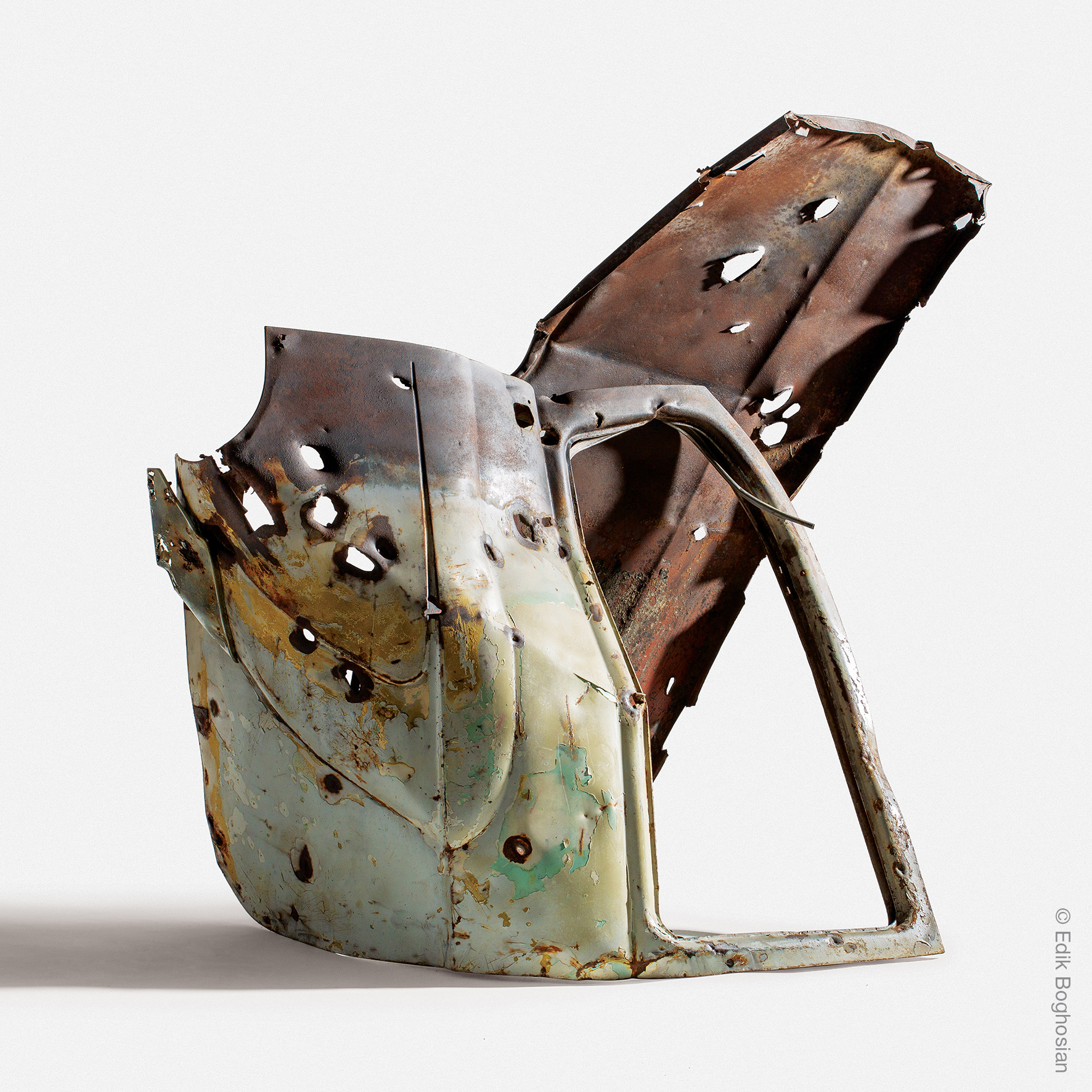



Technically the project is built on a relationship between space and image principles, which at the content level turn into complex interaction between abstraction and concrete experience.
Areg Balayan’s series consist of photos, i.e., from images reproducing reality. Edik Boghosian’s objects are reality itself, existing in space. These real objects, however, appearing in the space of art are reshaped as abstract volumes that carry the memory of experience of war.
Areg Balayan’s series consist of photos, i.e., from images reproducing reality. Edik Boghosian’s objects are reality itself, existing in space. These real objects, however, appearing in the space of art are reshaped as abstract volumes that carry the memory of experience of war.
The exhibition held on Vallex Garden Hotel's exhibition hall, November 18-21, Stepanakert, 2019
and The Artists' Union of Armenia, February 08-28, Yerevan, 2020
and The Artists' Union of Armenia, February 08-28, Yerevan, 2020
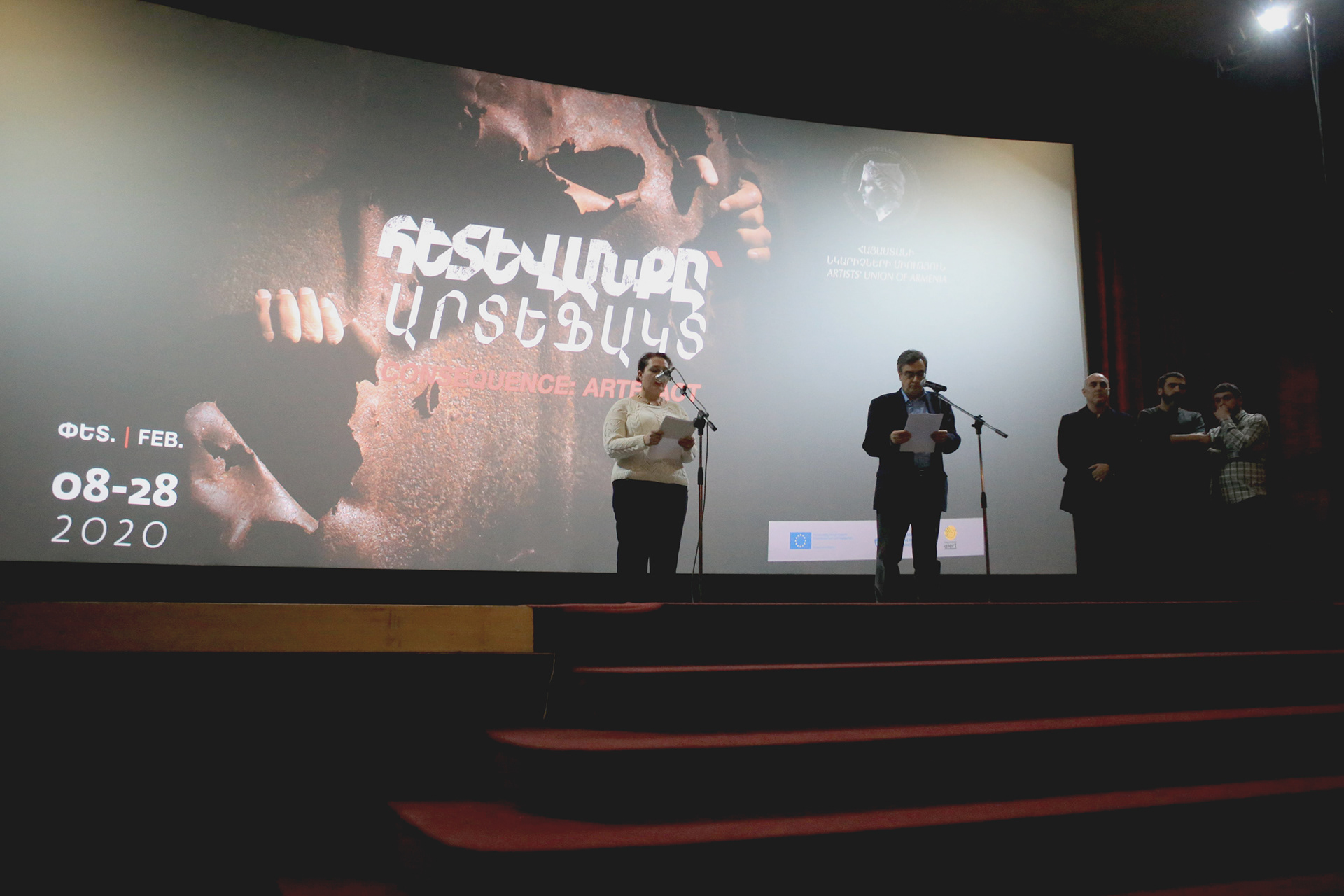
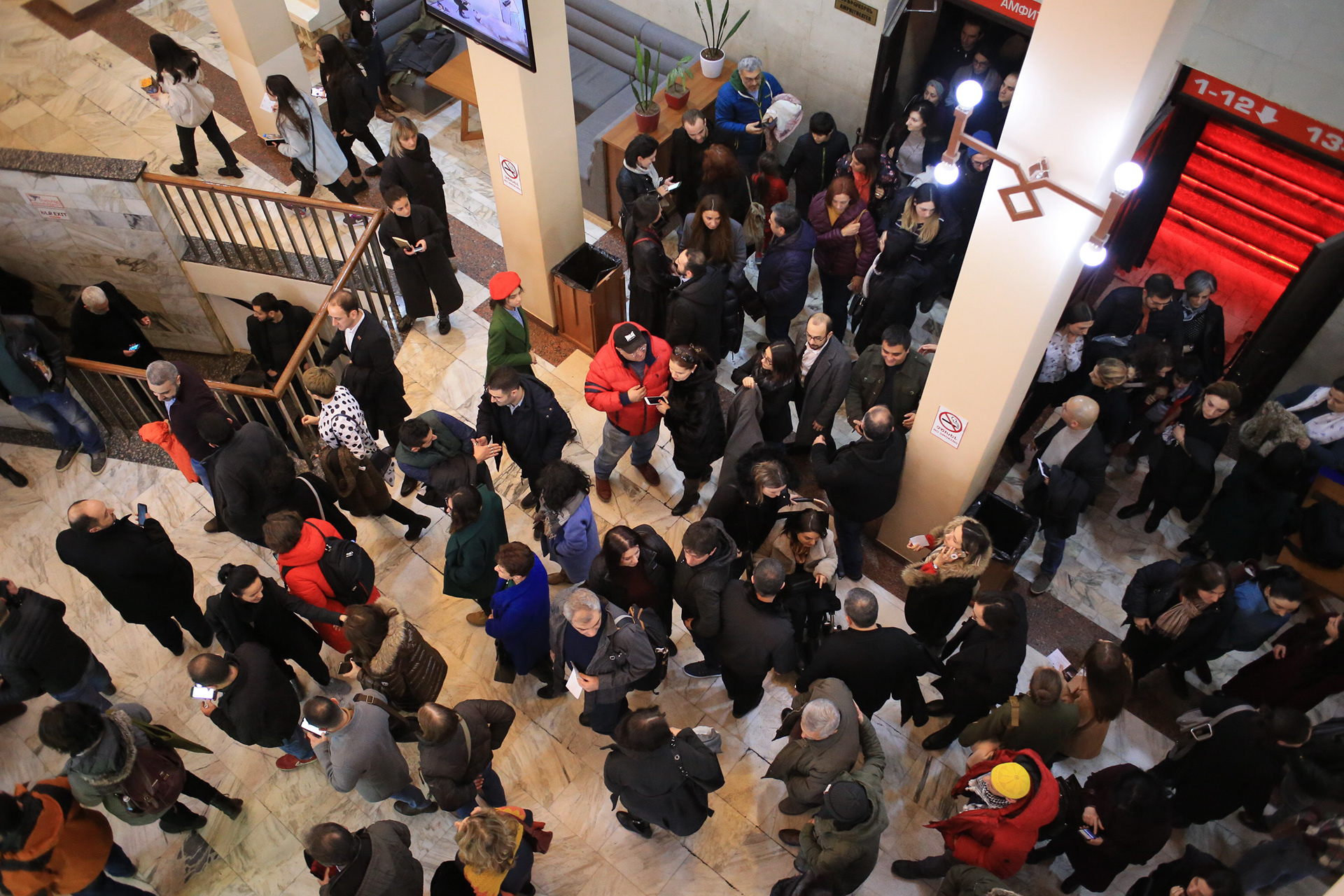


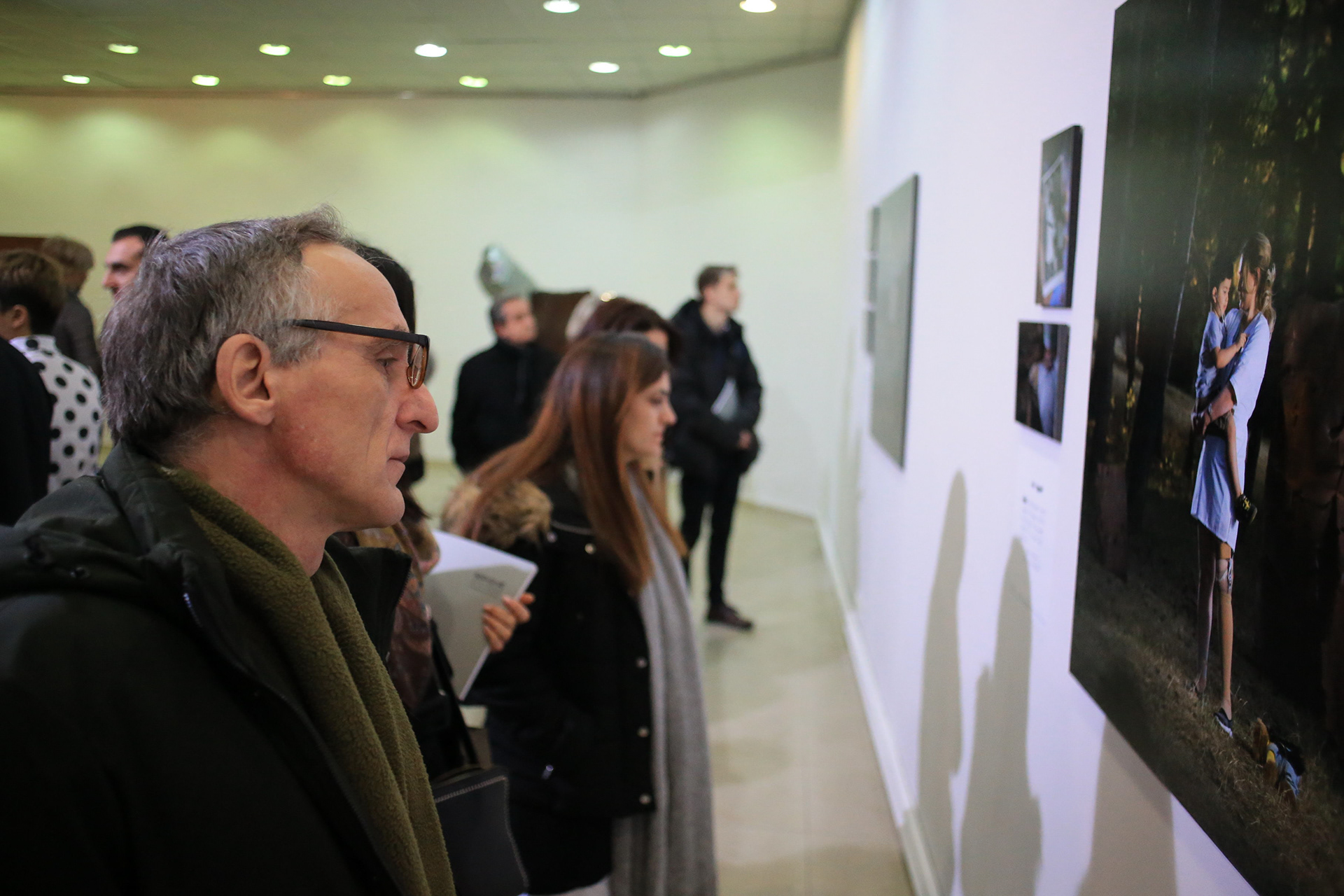



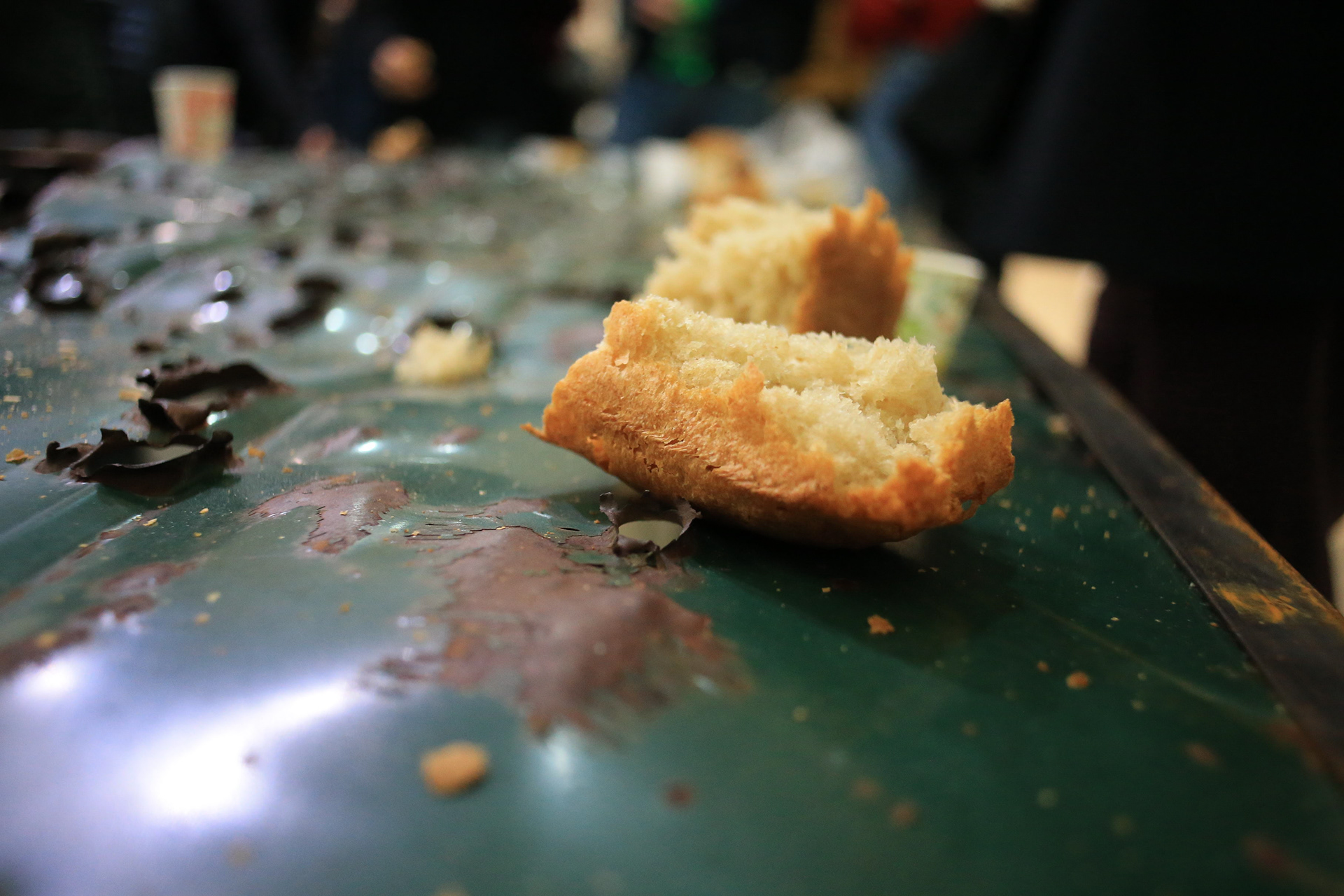
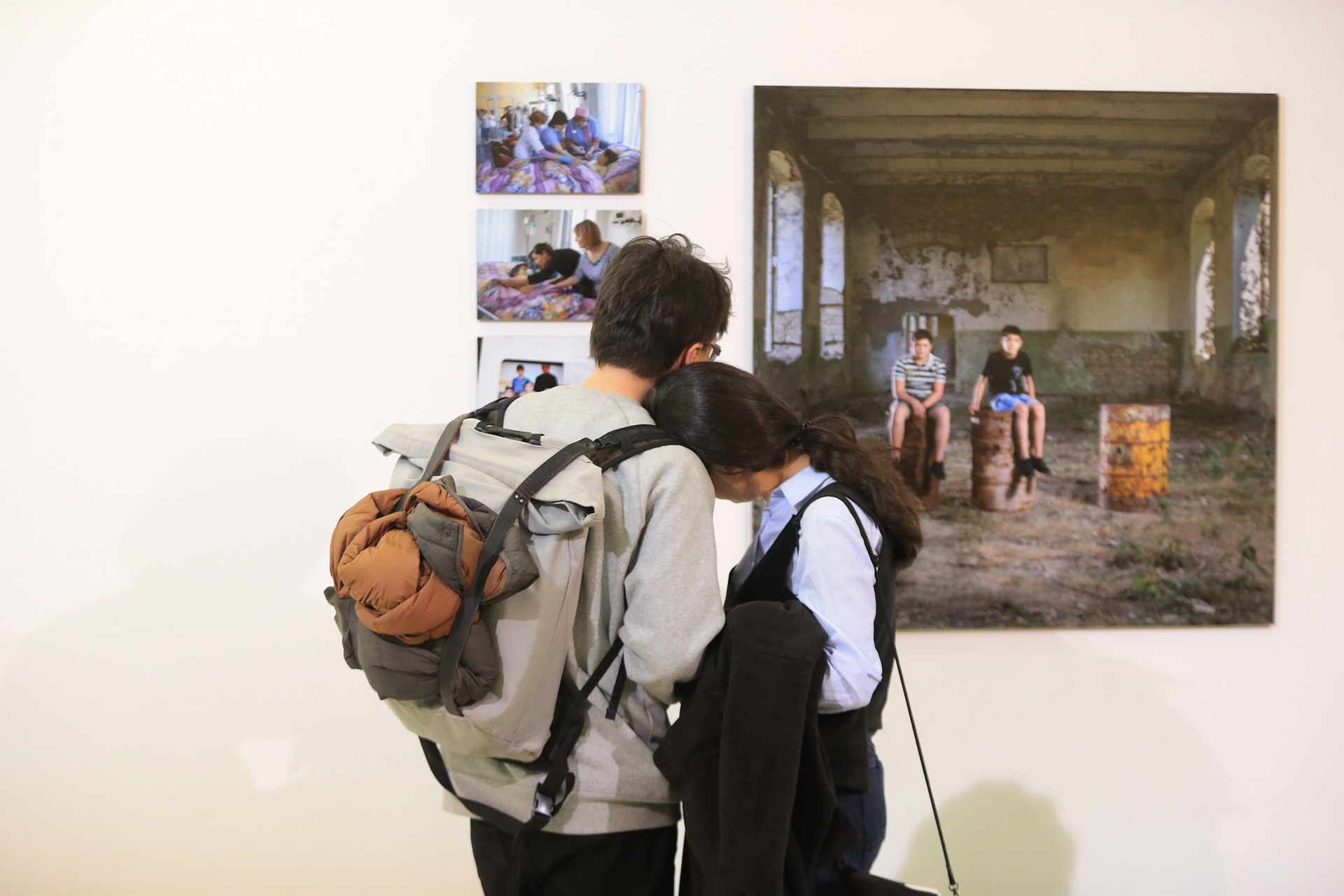
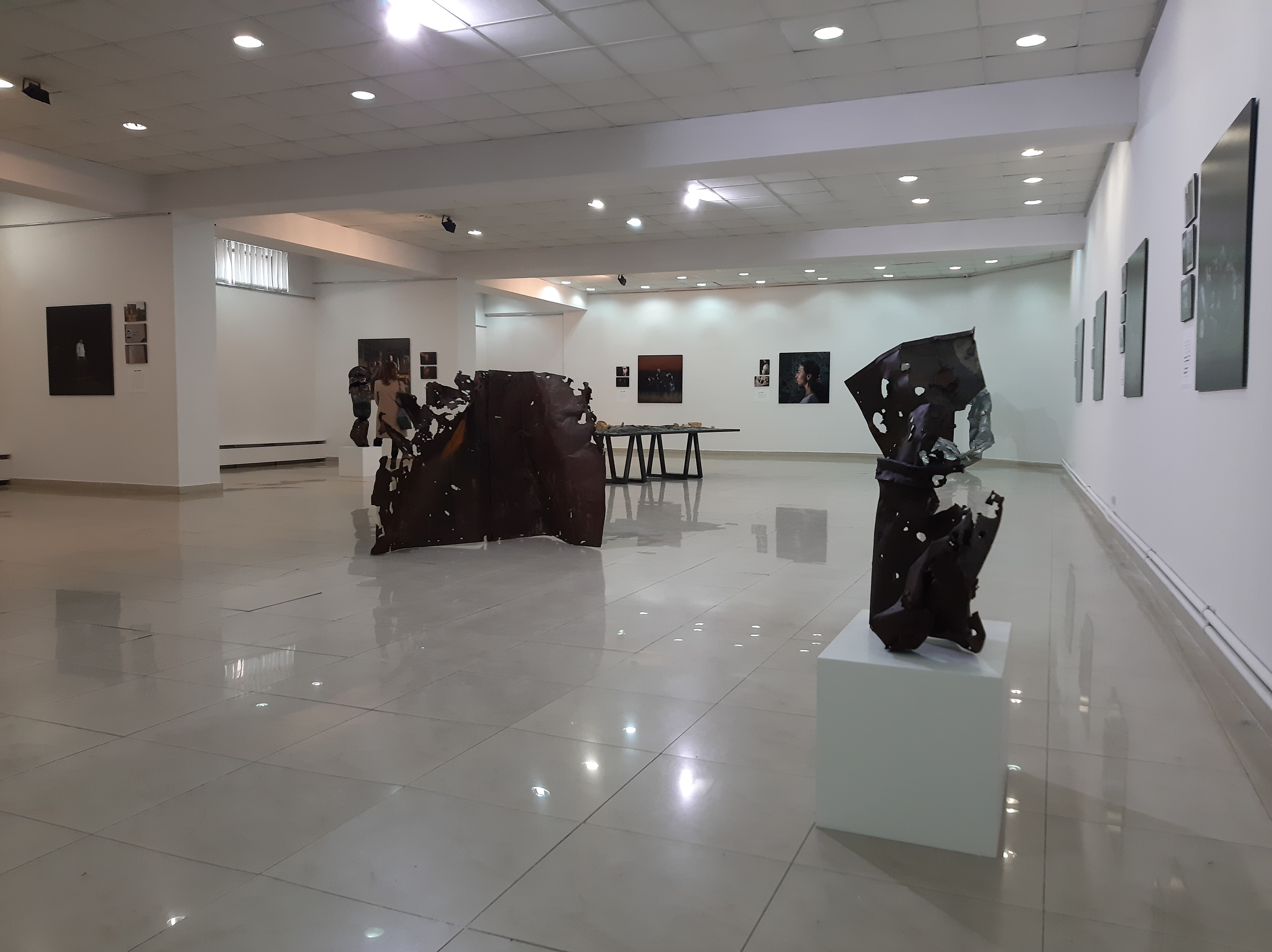

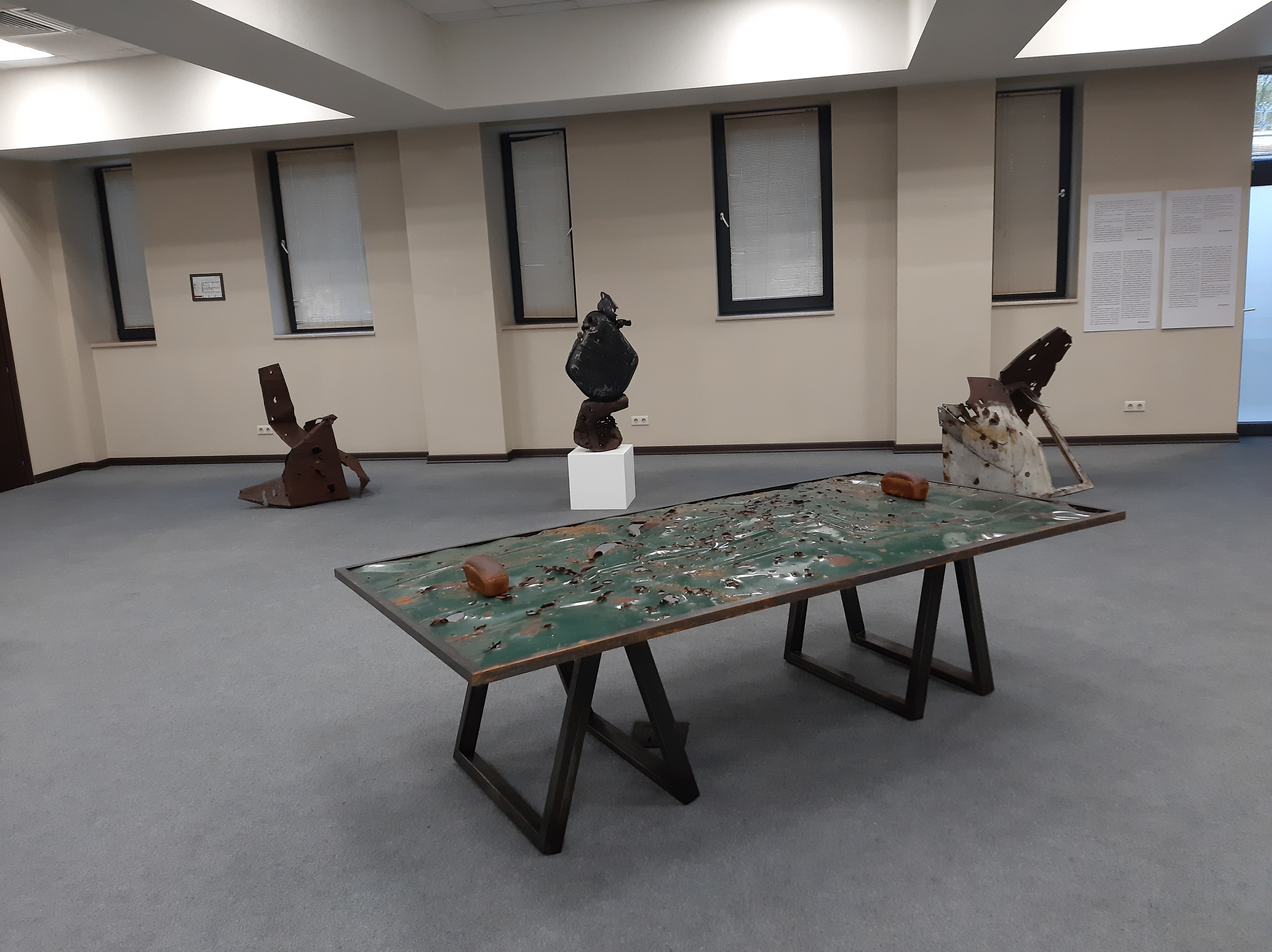
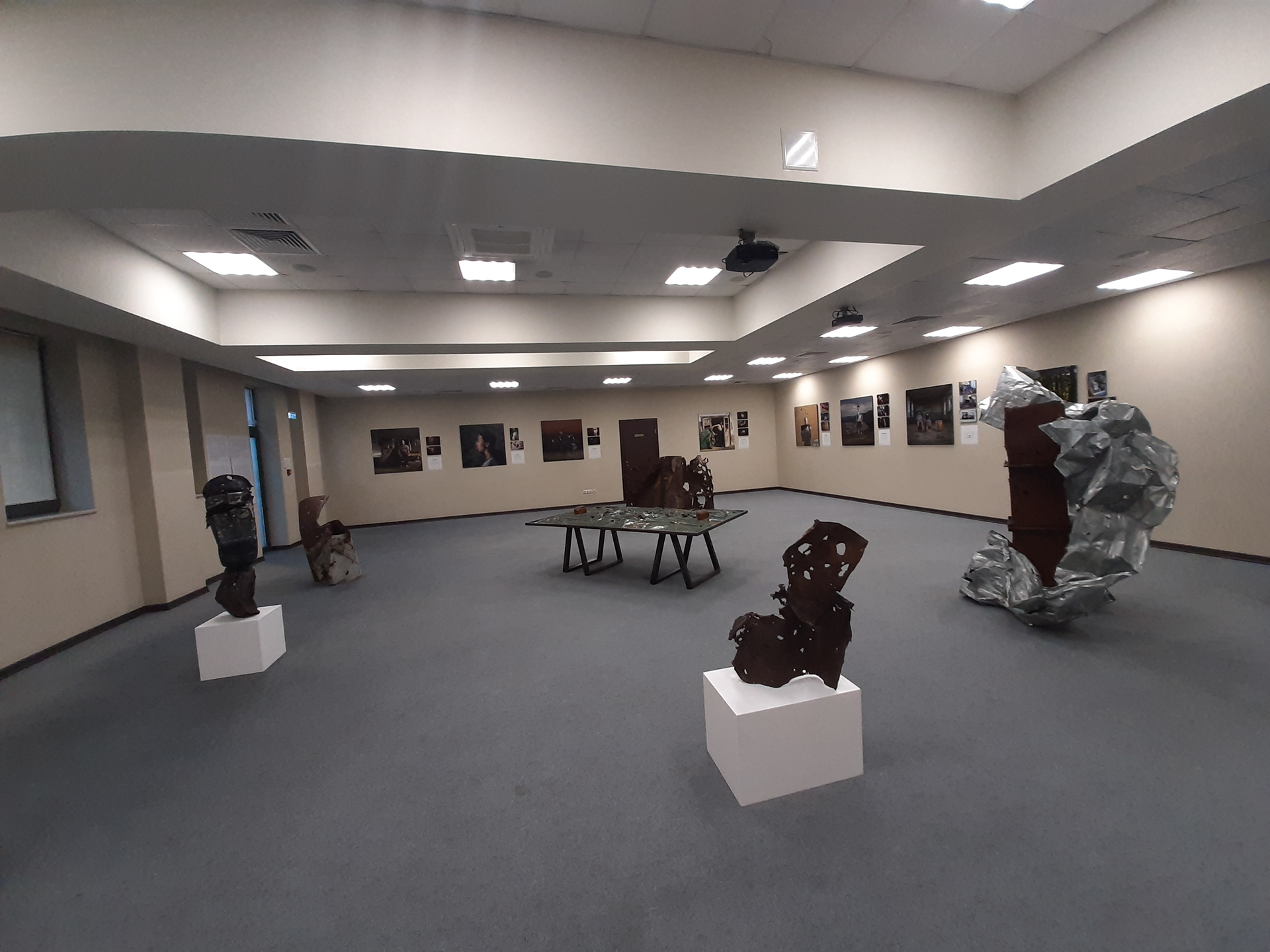
Event photos by Ed Tadevossian
Objects' photos by Areg Balayan
Objects' photos by Areg Balayan
